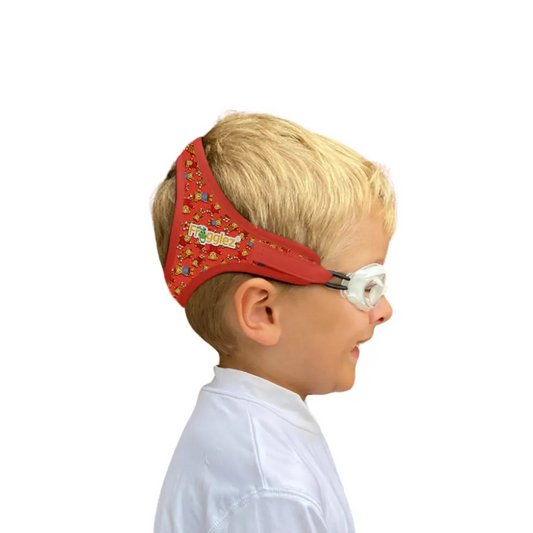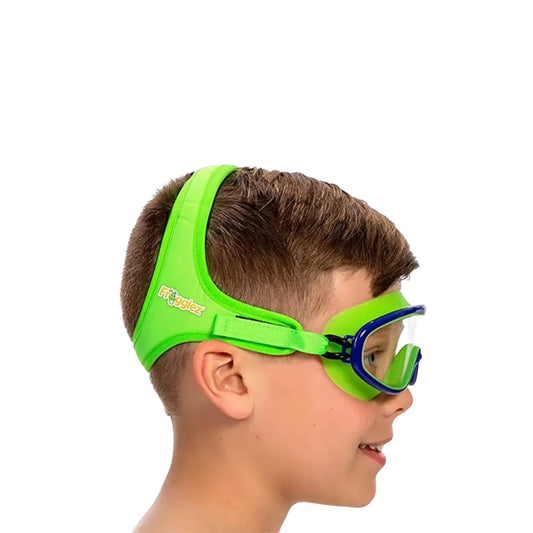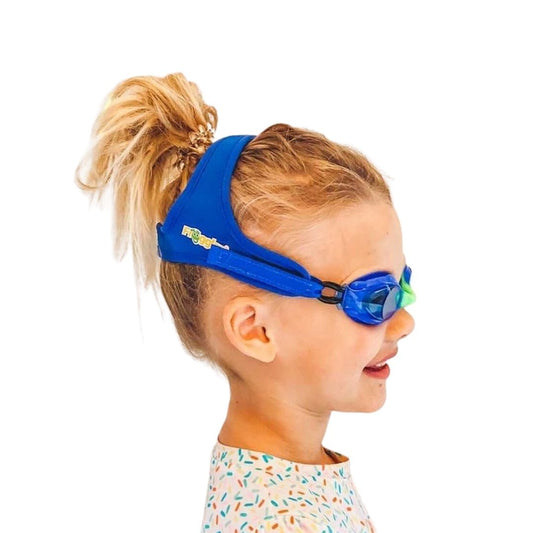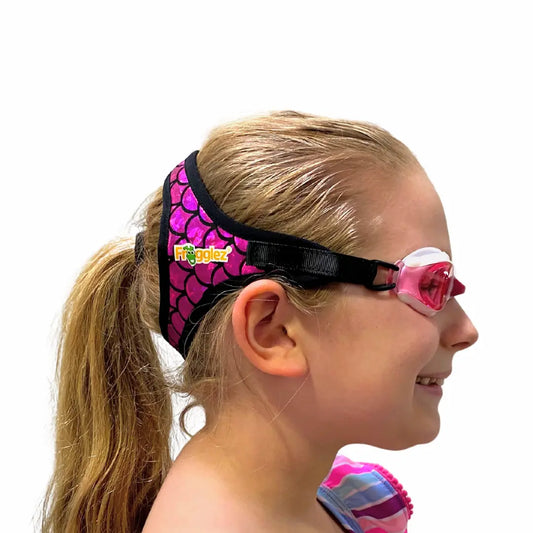In the thousands of hours he’s spent in a swimming pool in the last twenty years, Austin Surhoff has never met a stranger. As a professional swimmer, NCAA champion, and Olympic Trials finalist, he’s well known in the close-knit swimming community. Even at 30 years old – the age many swimmers become swammers – Austin shows up to practice every day. But he's also tackling something new; he wants to raise awareness about the importance of swim lessons for people with autism.
Swim lessons are critical for people on the autism spectrum
Growing up with a brother on the autism spectrum gives Austin a unique point of view. “Drowning is the number one cause of death for children under 14 years old with autism. So, I got really excited when I heard that Frogglez were the only ‘autism-friendly’ swim goggles. I wanted to help spread the word about them.”
Giving people agency during therapy fosters ability
An easy-to-use design allows people without advanced motor skills to manage their goggles independently, allowing more time to learn to swim during each lesson.
Surhoff said, “One thing I learned from my family is that little things add up to big things. For my brother, removing a sensory issue from an activity makes it easier for him to manage. When you repeat the activity dozens and dozens of times, removing that small barrier becomes a big deal.”
Surhoff isn't the only swimmer in his family. His mom, Polly Winde Surhoff, broke a National Age Group record, brought home a silver medal from the Pan Am Games, and finished 5th at Worlds in 1982. His sisters, Jordan and Kendall, both swam in the NCAA as well.
Removing barriers from swim lessons adds up
Frogglez Goggles make swimming more accessible for children with autism by minimizing sensory challenges. The soft, fabric-covered neoprene strap doesn't pull hair and won’t slip out of place. In addition, the sturdy strap makes it easy for little hands to put on their own swimming goggles.
Occupational Therapists who work in the swimming pool and adaptive swim instructors can tailor the swim goggles to swimmer needs by pairing different eyepieces with the universal strap. For example, a wide-view swim mask might help a child with proprioception issues, or tinted goggles could reduce anxiety for children with sensitivity to bright lights.
Making a difference with every swim
Our team at Frogglez is honored to work with Austin. He is a passionate Frogglez Ambassador who uses his prominence in the sport to raise awareness about how essential swimming lessons are for people with autism. He introduces Frogglez unique strap to swimmers and talks about the importance of making swimming accessible during his elite swim clinics.
Surhoff is the VP of Client Development at Matchpoint Connection, where his mission is to help every swimmer find sponsors. Learn more about Austin Surhoff's popular Pro Corner podcast or follow him on social media platforms @austinsurhoff.







